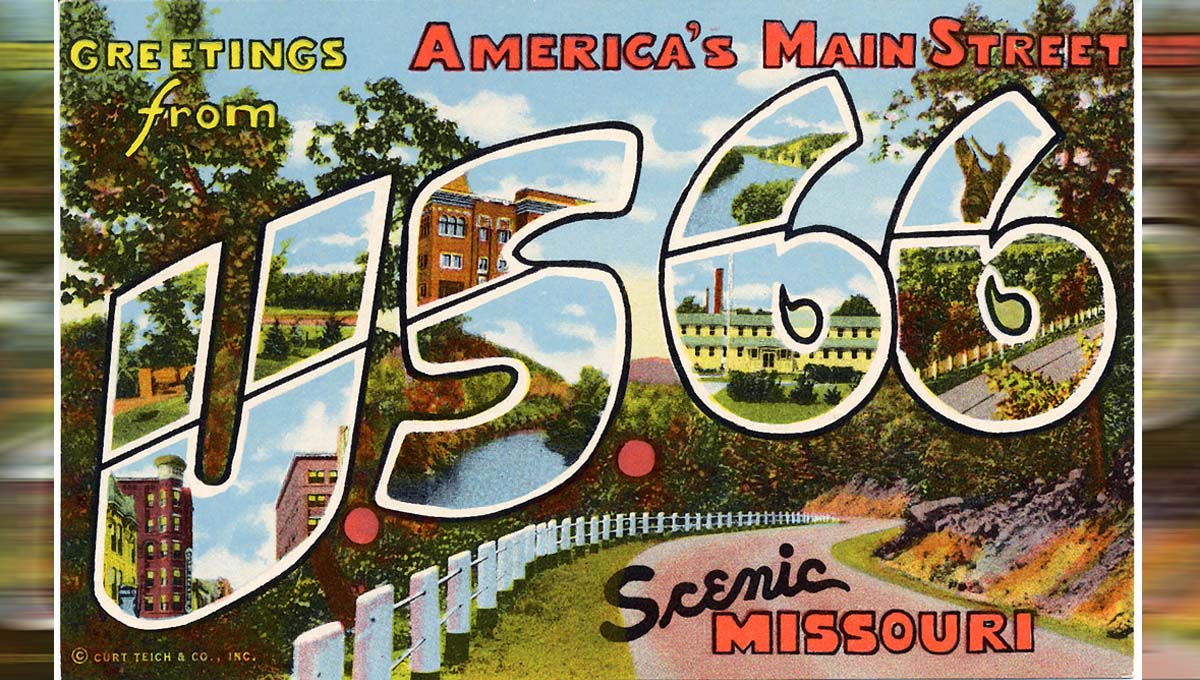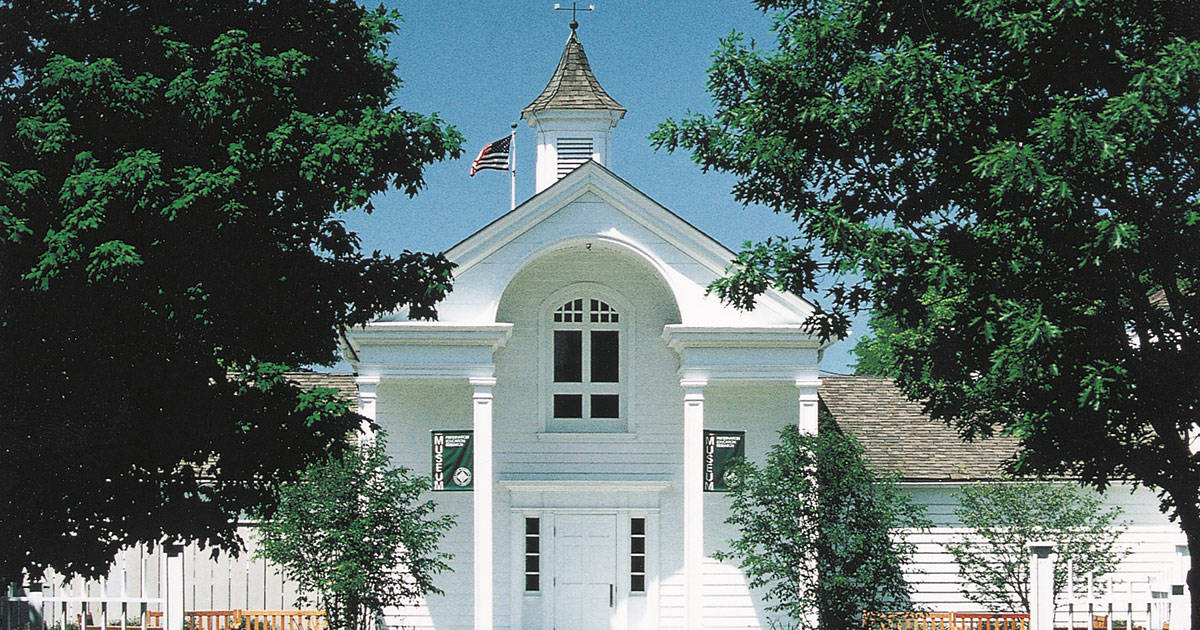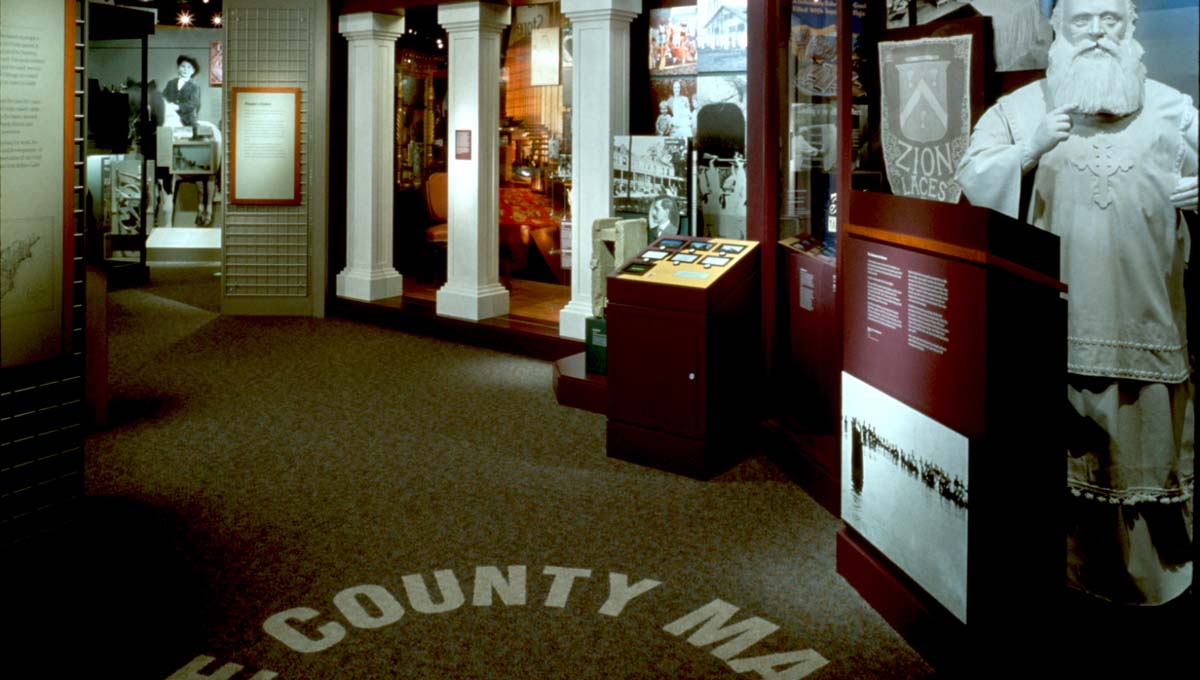Lake County Discovery Museum
Using Lascar’s temperature and humidity loggers to monitor their historic postcard collection
“Postcards were an inexpensive and efficient means of correspondence between friends and family. Most of us though have little idea how they started or more particularly how significant they’ve been in charting how the world has changed since the late 1800s,” says Christine Pyle, Historical Resources Manager of the Lake County Discovery Museum in Lakewood Forest Preserve, thirty-five miles northwest of Chicago.

At the Lake County Discovery Museum, visitors have the opportunity to immerse themselves in this cultural phenomenon with the largest public collection of postcards in the world. With over a million postcards to its name, the core of the TeichCollection is the industrial archives of Chicago-based printer Curt Teich.
Between 1898 and 1978, his company archived all the postcards it printed as well as the photographs its salesmen took in their travels across the US. After the company closed, the Teich family, who had summer residences in Lake County, donated the collection to their local museum, which in 1982 made the collection available to visitors from the region and across the globe.

“We have images of more than 10,000 North American towns and cities, over 87 foreign countries and the largest collection of Route 66 and Lincoln Highway postcards. All are computer cataloged,” explains Christine, “and housed in the same building as our Lake County History Archives. That’s a lot of valuable paper and media storage in one building.”
The Museum in total occupies 22,000 square feet in what was once Lakewood Farm and its various out-buildings. The Archives building was formerly the main residence of the farm and while it makes an attractive location, Christine and her team face a number of problems in maintaining the best physical environment for the two collections.
“Swings in temperature and humidity, or exposure to high levels of either, are bad for paper,” explains Christine, “so managing our HVAC system is critical in protecting our Archives.” Previously the Museum had been using hygro thermometers to measure both temperature and humidity, but inconsistency in their readings and a change in temperature and humidity patterns when the roof on the building was replaced made Christine and her team look for some alternative means of measuring both parameters.
In talking to their HVAC specialist, they were made aware of a new data logger from PA-based manufacturer Lascar Electronics. “We needed something simple,” says Christine, “and so when these Lascar loggers arrived, I turned them over to Brendan Quinn, our Archives Assistant. I was amazed when he came back into my office two minutes later saying he’d already programmed them. The four loggers are now situated throughout the Archives building, taking hourly samples of temperature and humidity which Brendan downloads once a month to look at the graphed data.”

“They are so simple – just stick them into the USB port to program – and they’re ready to go. Even I can do it,” laughs Christine.
So far the Museum has limited their use of the loggers to the Archives building, but with the museum on the same site, there is certainly potential to use more of the loggers in the coming months. “Our larger gallery complex includes both permanent exhibitions as well as a temporary gallery for traveling exhibitions. We recently hosted a photographic exhibition of the work of Paul McCartney’s late wife, Linda McCartney.”
“That was a valuable body of work and the same principles that apply to paper equally apply to photographs and materials – we have to manage the environment in which they are housed to protect them from deterioration. With these data loggers we can see exactly what’s going on to the atmosphere so we can manage the HVAC better, and at only $82 each we know we’re not eating up our budget at the same time.”



